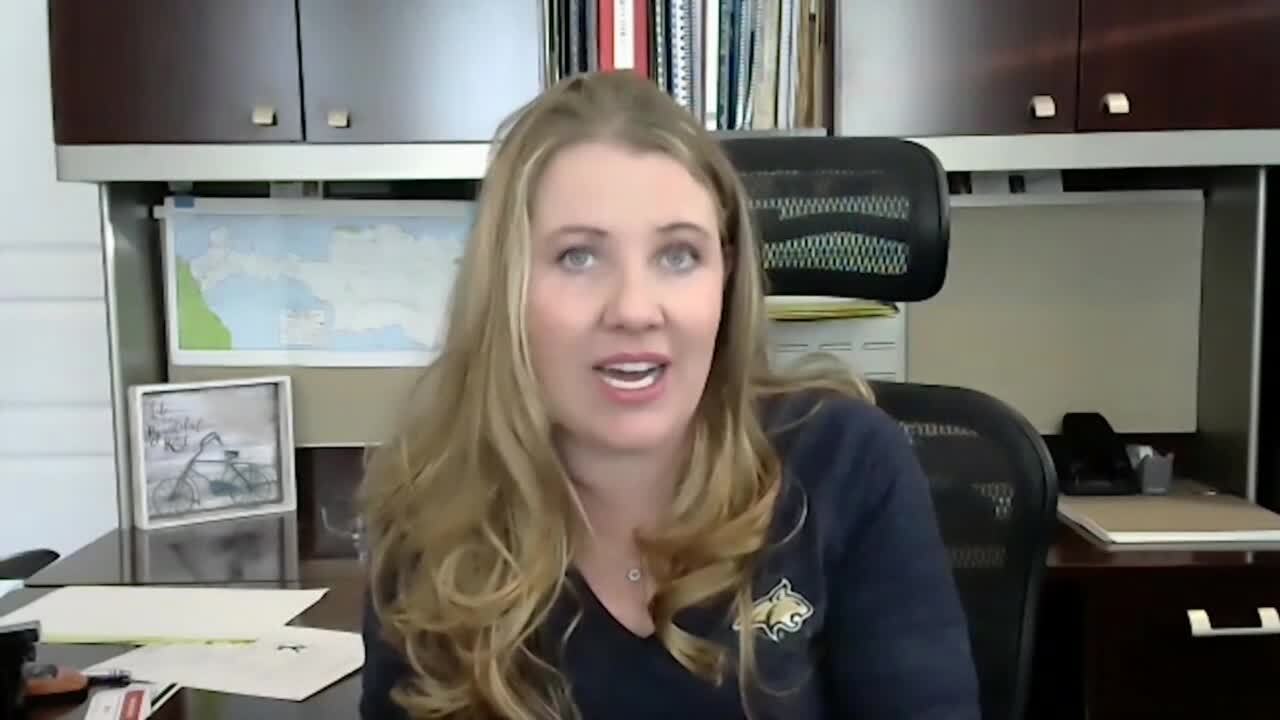BILLINGS — U.S. Senators Jon Tester and Steve Daines, along with U.S. Representative Matt Rosendale, have introduced bipartisan legislation to make rehabilitating the St. Mary’s Diversion Dam more affordable, and ensure the Milk River Project can continue providing water to farmers, ranchers, and Tribes in Northcentral Montana that depend on it.
The St. Mary’s Reinvestment Act will authorize $52 million to rehabilitate the St. Mary’s Diversion Dam and require the Bureau of Reclamation to use an ability-to-pay study on what the current water users could afford to pay for the project and set the cost share for the rehabilitation based on that study.
Jennifer Patrick is the Project Manager for the Milk River Project and Joint Board of Control in Havre and says the $52 million is huge.
“It's big for the Hi-Line because without it we're at 75% of a $52 million diversion dam,” said Patrick. “The math on that doubles our current operations and maintenance for 50 years. So, it's a big deal.”
Montana Governor Greg Gianforte says it’s also a priority of his administration and COVID-19 relief money headed to Montana might be able to help.
“Washington is just shoveling bucket loads of money our direction,” said Gianforte. “We're trying to be good stewards of that money. There is an allocation that can be used for water projects. In my mind, St. Mary's is the number one infrastructure project in the state. It's near the top of our list. We're hopeful that as we get the rules out of Washington, it allows us to take care of projects like St. Mary's.”
Patrick says because the Milk River provides drinking water to 18,000 residents and irrigation water to 140,000 acres, the Milk River truly is the “Lifeline of the Hi-Line.”
“Without the Milk River, the economy and everything on the Hi-Line would be done," said Patrick. “So when you talk about the lifeline of the Hi-Line, that's exactly what it is.”
Without the Milk River Project, the Milk River as we know it today would run dry six out of every 10 years.





